A strong and reliable roof is one of the most important investments a homeowner can make, especially in a state like Minnesota, where extreme weather can challenge even the toughest materials.
Choosing the right contractor requires more than comparing prices; it means understanding roofing techniques, materials, and the qualities that define true craftsmanship.
Whether you’re installing a new roof or repairing an old one, this guide will help you find the best residential roofers in Minnesota for your home.
The Art of Roofing: Understanding What Makes a Great Roofer
Mastery of Techniques: Traditional vs. Modern Roofing Methods
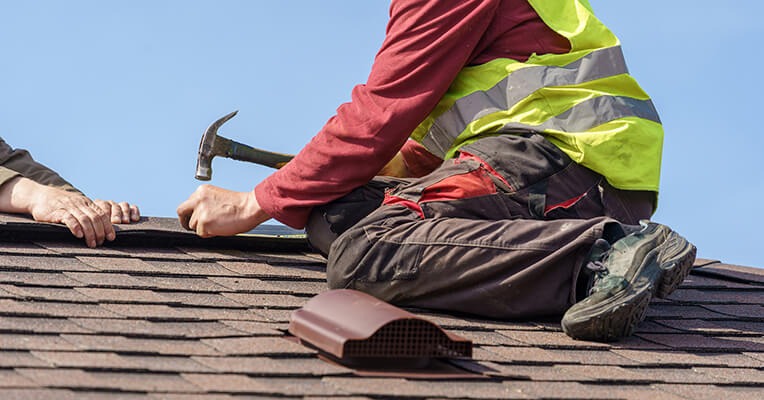
Roofing is both a science and an art. The techniques used directly impact the roof’s durability, appearance, and performance over time.
Traditional methods, such as wood shake or slate roofing, demand precision and expertise.
These classic materials bring beauty and timeless appeal but also require proper installation and ongoing maintenance to withstand Minnesota’s long winters and fluctuating temperatures.
Modern roofing, by contrast, emphasizes advanced materials and innovative methods that enhance longevity and energy efficiency.
Synthetic shingles, metal roofing, and solar tiles are gaining popularity among Minnesota homeowners because of their resilience and sustainability.
The best residential roofers in Minnesota are those who can balance the artistry of traditional craftsmanship with the innovation of modern systems, offering homeowners a solution tailored to their needs, budget, and environment.
Certifications That Matter: What to Look for in a Roofing Pro
Hiring a roofer with the right credentials ensures your investment is protected. Certifications show that a contractor has undergone professional training and adheres to recognized standards. Look for memberships with reputable organizations such as the National Roofing Contractors Association (NRCA) or accreditation from the Better Business Bureau (BBB).
Additionally, certifications from manufacturers—like GAF Master Elite or CertainTeed Select ShingleMaster—signify that the roofer meets high performance and installation standards.
Contractors with these credentials often provide extended warranties on both materials and labor, giving you peace of mind that the job will be done right the first time.
Customer Testimonials: Real Stories, Real Results
Customer feedback provides a valuable glimpse into how a roofer performs in real-world situations.
Check online reviews on platforms like Google, Yelp, or Angie’s List to gauge the consistency and reliability of a company’s work.
Look for comments about punctuality, communication, and post-installation support.
Beyond online research, ask for references and speak directly to past clients. Inquire about their overall satisfaction, how unexpected issues were handled, and whether they would hire the roofer again.
Reliable residential roofers in Minnesota are proud of their track record and will readily share references to back up their reputation.
What’s Your Style? Exploring Roofing Materials for Every Taste
Asphalt Shingles to Metal: Finding the Perfect Match
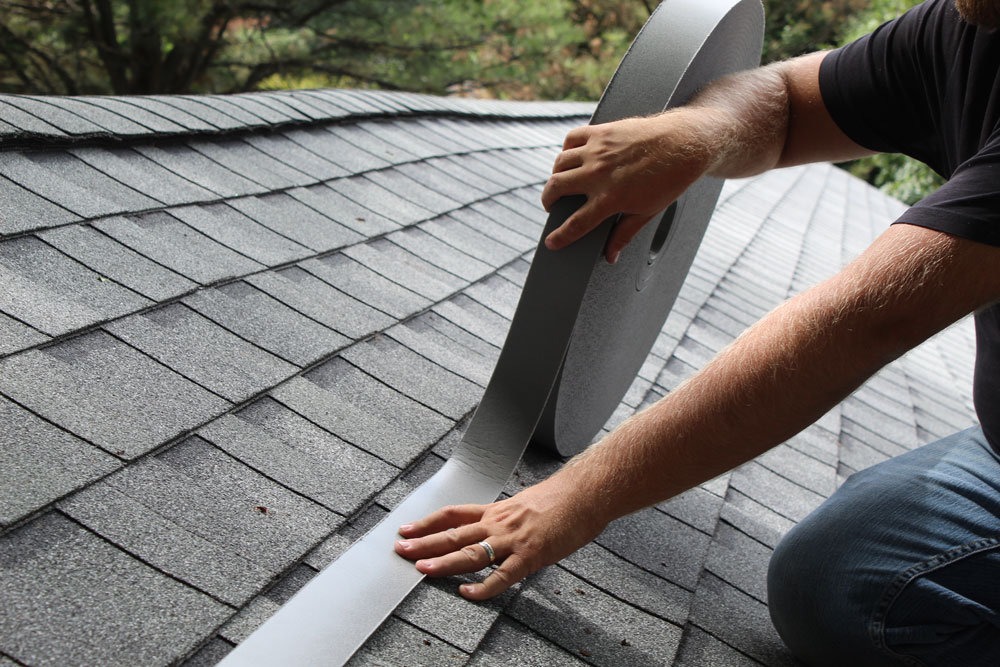
Selecting the right roofing material is about balancing cost, style, and performance. Asphalt shingles remain a staple among Minnesota homeowners due to their affordability and wide range of design options.
They’re easy to install and repair, making them an excellent choice for most residential properties. However, they typically last between 15 to 30 years, depending on maintenance and weather exposure.
Metal roofing, on the other hand, offers exceptional longevity—lasting up to 70 years when properly installed. It’s also one of the most weather-resistant materials available, ideal for shedding snow and ice during Minnesota’s harsh winters. While the upfront cost is higher, metal roofs often pay for themselves through lower energy bills and minimal maintenance needs.
Eco-Friendly Options: Sustainable Roofing for Modern Living
Sustainability has become a top priority for many homeowners. Fortunately, roofing technology has advanced to include eco-conscious materials that reduce energy consumption and environmental impact.
Cool roofing, made with reflective materials, lowers heat absorption and helps maintain comfortable indoor temperatures.
Recycled shingles are another excellent option, crafted from repurposed materials without sacrificing durability or style.
For those looking to make a bold statement, green roofs—where vegetation is grown on the surface—provide insulation, absorb rainwater, and improve air quality.
These innovative systems are not only environmentally friendly but also visually striking, reflecting a modern commitment to responsible homeownership.
Climate-Ready Roofs: Building for Minnesota’s Weather
Minnesota’s weather demands roofing materials that can withstand snow, ice, and dramatic temperature swings. Asphalt shingles, though popular, require precise installation to prevent cracking and leaks during freeze-thaw cycles. Metal roofs excel in such conditions, allowing snow to slide off easily and reducing the likelihood of ice dams.
Proper ventilation and insulation are equally critical. A well-ventilated roof prevents moisture buildup, protecting against rot and extending your roof’s lifespan.
When consulting a contractor, ensure they understand Minnesota’s specific climate challenges and can recommend solutions that keep your home protected year-round.
From Estimates to Installation: Navigating the Roofing Process
Understanding Roofing Quotes
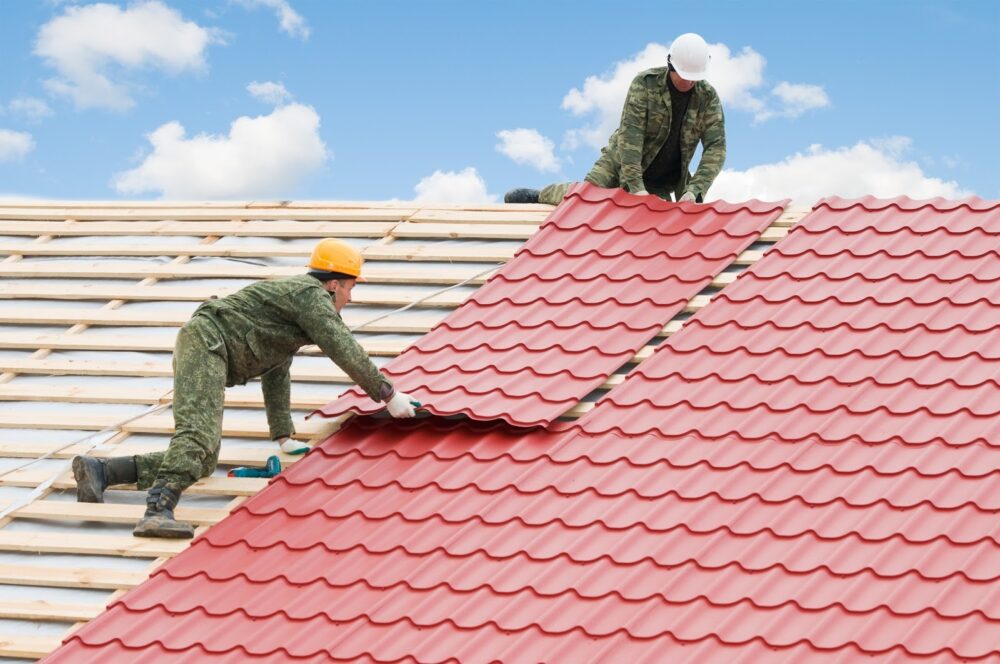
When you start receiving quotes, it’s essential to look beyond the bottom line. A detailed estimate should include costs for materials, labor, permits, and waste disposal. Be cautious of unusually low bids—they may indicate inferior materials or shortcuts in workmanship.
Ask contractors to explain the differences between warranties, including coverage for both products and labor.
Comparing quotes from multiple residential roofers in Minnesota ensures transparency and helps you identify who offers the best value rather than just the lowest price.
The Timeline: What to Expect During Installation
A typical roof installation can take anywhere from one to three days, depending on the size of your home and the chosen materials.
The process usually begins with a full inspection to identify any underlying structural issues before removing the old roof.
Homeowners should prepare by clearing driveways, patios, and yards to give the crew safe and efficient access to the work area.
Expect some noise and activity during the installation, but professional roofers will keep disruptions to a minimum and leave the site clean once the project is complete.
Dealing with Unexpected Challenges
Even well-planned roofing projects can uncover surprises, such as hidden water damage or structural deterioration.
Setting aside a contingency budget can help manage these costs without stress. Weather delays are also common in Minnesota, particularly during rainy or windy seasons.
The best roofers maintain open communication throughout the process, keeping you informed and involved in decision-making.
This transparency ensures problems are addressed quickly and effectively.
Life After Installation: Maintaining Your Roof for Years to Come
Seasonal Maintenance: Preparing for Minnesota’s Extremes
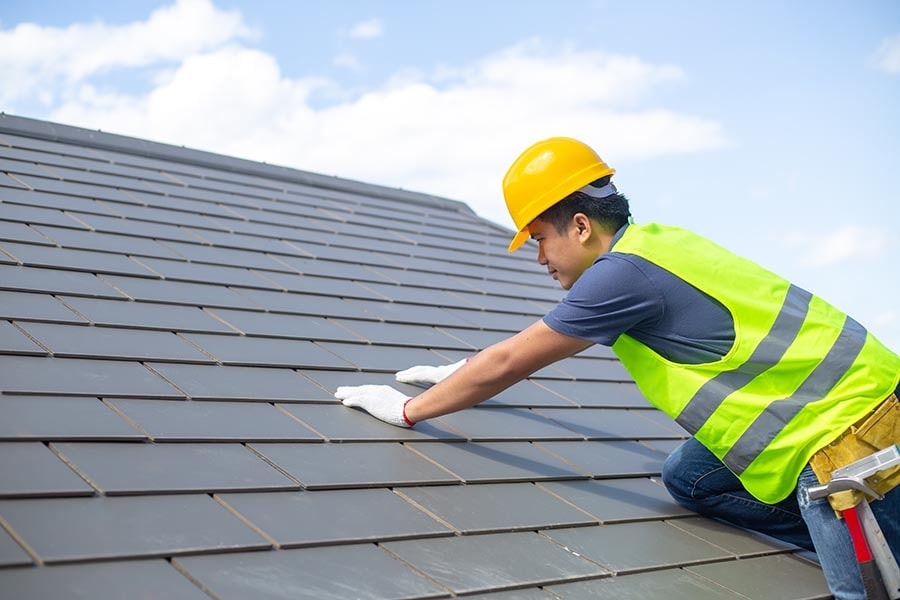
Regular maintenance is essential for extending your roof’s life, particularly in a state with extreme seasonal changes. Before winter, clear gutters and remove debris that can trap moisture or cause ice dams.
In spring, inspect for loose shingles or signs of storm damage. Summer offers a great opportunity to schedule professional inspections and make small repairs before the next cold season arrives.
These proactive steps prevent minor issues from turning into costly repairs and ensure your roof continues performing its best year after year.
Common Issues and Quick Fixes
Leaks, damaged shingles, and clogged gutters are common roofing problems that, if caught early, can be addressed quickly. Watch for warning signs like ceiling stains or missing shingles after storms.
Some minor fixes—like replacing a few shingles or resealing flashing—can be done as DIY projects, but when in doubt, it’s always safer to hire a professional.
Preventive care remains the most effective way to protect your investment, and scheduling annual inspections will help catch potential issues early.
When to Call the Experts
Knowing when to call professionals is key to avoiding long-term damage. If your roof shows signs of sagging, widespread leaks, or severe weather damage, contact a reputable contractor immediately.
After major storms, professional inspections can uncover hidden damage that might not be visible from the ground.
If you’re planning to sell your home, a professional inspection can also reassure potential buyers about the roof’s condition.
Choosing the right expert ensures your roof remains safe, attractive, and structurally sound for decades to come.
Final Thoughts
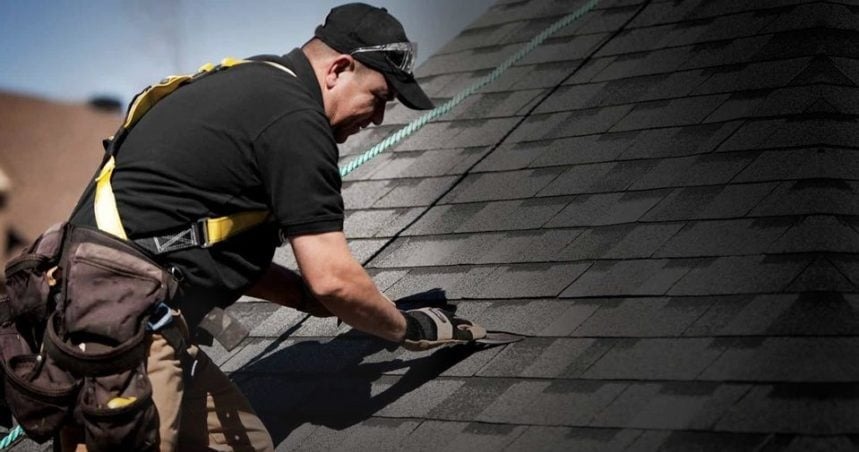
Your roof is one of the most important components of your home’s structure, and choosing the right contractor determines how well it will serve you over time.
From understanding materials and certifications to evaluating customer reviews and maintenance routines, each step matters.
By partnering with experienced and trustworthy residential roofers in Minnesota, you can ensure that your home stays protected against the state’s challenging weather while maintaining its curb appeal and value for years to come.

